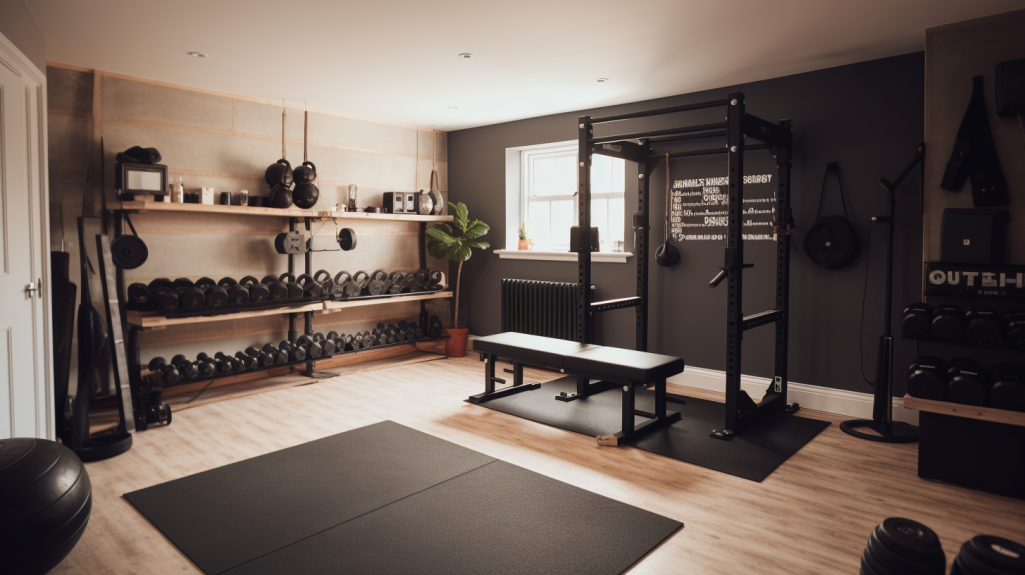
With the increasing importance of health and wellness, having a convenient space to work out has become a priority for many. If you’re looking to skip the crowded gyms and enjoy a tailored fitness routine at your own pace, why not consider transforming your basement into a home gym? The basement provides an excellent opportunity to create a dedicated fitness haven that suits your preferences and schedule. In this article, we’ll guide you through the process of turning your basement into a functional and motivating workout space, complete with the necessary appliances and equipment.
Step 1: Planning and Preparation
Assess the Space: Take stock of your basement’s layout and dimensions. Consider the available floor space, ceiling height, and any potential obstacles that might need to be worked around.
Lighting and Ventilation: Adequate lighting and ventilation are essential for a comfortable and energizing workout environment. Consider adding windows, if possible, or incorporating bright lighting fixtures. Ventilation can be enhanced through fans or air conditioning systems.
Flooring: Choose a flooring material that is suitable for workouts, such as rubber, foam, or vinyl. This will provide cushioning, noise reduction, and protection for your equipment.
Step 2: Essential Appliances and Equipment
Mirrors: Installing mirrors along the walls can create the illusion of a larger space and help you maintain proper form during exercises.
Cardio Machines: Depending on your preferences, invest in cardio equipment like treadmills, stationary bikes, or elliptical trainers. These machines are excellent for cardiovascular workouts and burning calories.
Strength Training Equipment: Dumbbells, kettlebells, barbells, and a weight bench are essential for strength training. You can also consider resistance bands, which are versatile and space-saving.
Multi-Functional Stations: If space allows, consider incorporating multi-functional workout stations that combine various exercises. This could include a power rack with pull-up bars and attachments for squats and bench presses.
Yoga and Stretching Area: Dedicate a corner for yoga mats, stability balls, foam rollers, and any other accessories that aid in stretching and flexibility exercises.
Step 3: Setting the Ambiance
Colors and Decor: Choose motivating colors that energize you. Consider vibrant tones that reflect your fitness goals. Inspirational quotes or artwork can also enhance the ambiance.
Sound System: Music is a great motivator during workouts. Install a sound system with good speakers so you can enjoy your favorite tunes while exercising.
Temperature Control: Ensure your basement gym is comfortable year-round. Depending on your climate, you might need space heaters for the winter or fans for the summer.
Step 4: Safety First
Emergency Equipment: Keep a first aid kit and emergency contact information handy in case of any accidents or injuries.
Proper Ventilation: Adequate airflow is crucial to prevent the buildup of odors and to maintain air quality, especially in a basement environment.
Step 5: Organizing and Maintenance
Storage Solutions: Install shelves, cabinets, or storage racks to keep your equipment organized and easily accessible.
Regular Cleaning: Regularly clean and disinfect your gym equipment and space to maintain hygiene and prolong the life of your appliances.
Conclusion
Transforming your basement into a home gym is an exciting project that can lead to a healthier and more active lifestyle. By carefully planning the layout, investing in essential appliances and equipment, and creating a motivating atmosphere, you’ll have a functional and inviting space to work out at your convenience. Remember that your home gym should reflect your fitness goals and preferences, making it a space where you can truly enjoy your workouts and achieve your wellness aspirations.